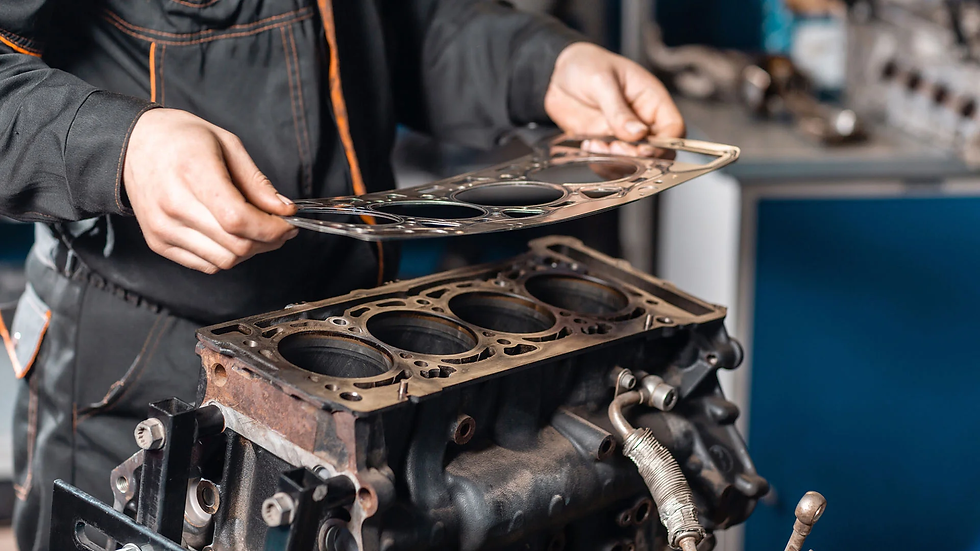The Importance of Regularly Checking and Replacing Engine Splash Shields
- julia margrait
- Feb 21, 2023
- 2 min read
Introduction Engine splash shields are important pieces of equipment that help protect your engine from dirt, debris, and other elements that can cause damage over time. Regularly checking and replacing these shields can help ensure that your engine is running efficiently and without any potential issues. If your engine splash shield hanging here are possible solutions.
What Are Engine Splash Shields?
Engine splash shields are protective covers that are placed over the engine, typically near the lower part of the engine bay. They are designed to shield the engine from the elements, helping to protect it from dirt, debris, and other environmental factors that can cause damage or reduce its efficiency.
Why Is Regular Checking and Replacing Important?
Regularly checking and replacing engine splash shields is important because it helps to ensure that your engine is running at its peak performance. Over time, dirt, debris, and other factors can cause wear and tear on the shields, potentially leading to leaks, cracks, or other damage that can reduce the engine's efficiency or cause other issues.
By regularly checking and replacing the shields, you can help ensure that your engine is running smoothly and that your vehicle is safe on the road. Additionally, replacing the shields can help reduce environmental pollution, as damaged shields may allow oil and other pollutants to leak into the environment.
How to Tell When an Engine Splash Shield Needs to Be Replaced
There are a few signs that can indicate it’s time to replace an engine splash shield, such as:
• Cracks or holes in the shield
• Loose or missing fasteners
• Oil or other fluid leaking from the shield
• Rusting or corrosion on the shield
• Visible wear and tear
If any of these signs are present, it’s important to replace the shield as soon as possible to ensure that your engine is running properly and efficiently.
Tips for Properly Installing and Securing an Engine Splash Shield
When installing and securing an engine splash shield, it’s important to follow these steps:
• Use the correct fasteners for the shield. Make sure that the fasteners are the correct type and size for the shield.
• Use the provided gaskets when needed. Gaskets help to ensure a tight seal between the shield and the engine.
• Use a torque wrench to tighten the fasteners.


Comments